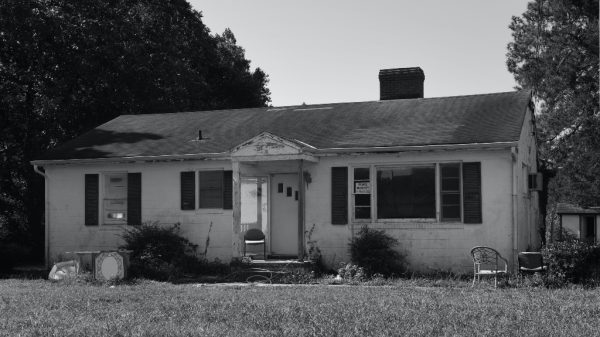This morning, the Case-Shiller index was released, indicating that home prices continued to rise in May, up 4.9 percent year-over-year. But that fell short of the expected increase of 5.7 percent, and the report indicates a 0.18 percent decline for the month, the largest dip since July 2014.
David M. Blitzer, managing director and chairman of the index committee at S&P Dow Jones Indices notes that “first time homebuyers are the weak spot in the market,” and that “over the next two years or so, the rate of home price increases is more likely to slow than accelerate,” adding that home prices are increasing at twice the rate of inflation as well as wages. This echoes the National Association of Realtors’ consistent statement that housing affordability is of top concern.
Economist points out good and bad news
To make sense of all of this, Trulia’s Chief Economist, Selma Hepp steps in to break it all down. Regarding the Case-Shiller index, she notes that pricing is relatively flat, considering it a “good sign for the housing market and consistent with other positive housing indicators that were recently released.”
Blitzer appears to take a more alarmist view, but Hepp acknowledges the market challenges. “While the appreciation in home prices picked up slightly, it is still slower than what we’ve seen over the two years,” Hepp notes. “This lack of monthly growth suggest steadier market conditions and is a welcomed change because it indicates a more sustainable housing recovery and a balance between buyers and sellers. The National Home Price Index increased a 4.3% from last May, which is slightly higher than the 4.2% increase in April 2015.”
A change of pace in the markets
How could a slower pace be good for home buyers? Hepp observes that this makes for a “less frenzied” market. “In the last couple of years, many have been discouraged by rapid price increases and bidding wars. On the other hand, a slowdown in home prices may discourage some home sellers from listing their homes. When adjusted inflation prices are about 20% below the peak nationally – and at levels seen in 2003, though prices have exceeded the previous peaks in some metros, such as in Denver and Dallas.”
Of course, all real estate is local. Hepp breaks it down:
“Variation in home price appreciation rates reflects varying local economies. Robust increases in prices persists in markets with the strongest job growth, but also where inventories of homes available for sale have been tight. The highest annual increases were in again in Denver, San Francisco and Dallas, which all which posted a robust gain of around 10% year over year.”
Hepp predicts a slowdown in growth
“Although the Case-Shiller index lags compared to other home price indices (as it accounts for price changes between March and May),” Hepp notes, “it is accounting for the impact of mix of sales, and suggests that prices are in effect rising more timidly.”
“The 10-City Composite increased 4.7% from last May, while the 20-City Composite increased 4.9% during that the same period,” Hepp reports. “The slight pick up in price gains is consistent with previously released data indicators, thought we may see some slowing in Case-Shiller index growth again in the next couple of months.”
#Housing
Tara Steele is the News Director at The American Genius, covering entrepreneur, real estate, technology news and everything in between. If you'd like to reach Tara with a question, comment, press release or hot news tip, simply click the link below.















































